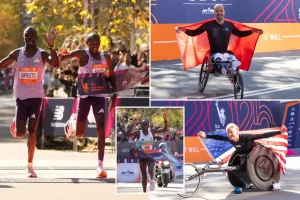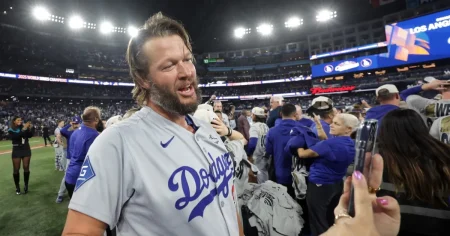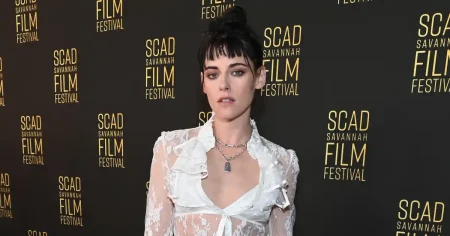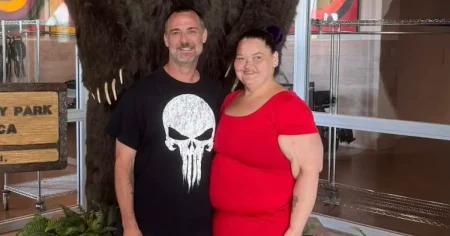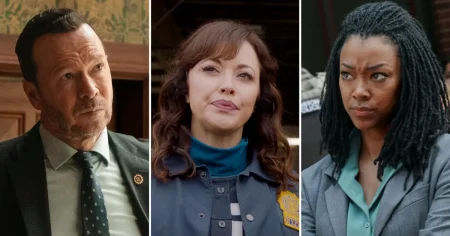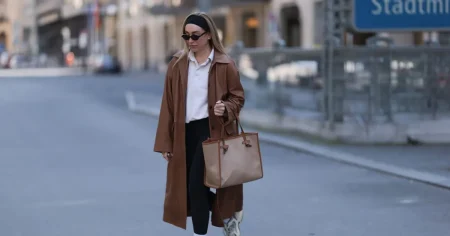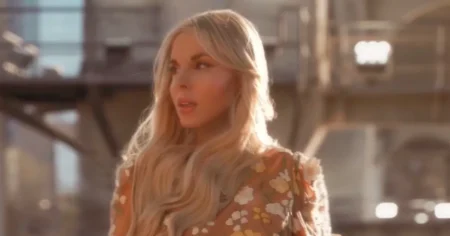Dancing with the Stars: Friendships That Last Beyond the Ballroom
When the spotlights dim and the sequins are packed away, the bonds formed on “Dancing with the Stars” often continue to flourish in remarkable ways. The intense training sessions, emotional performances, and shared vulnerabilities create connections between celebrities and their professional dance partners that frequently evolve into meaningful friendships long after their season ends. These relationships demonstrate how the show creates not just entertaining television, but genuine human connections that transcend the competition itself.
Perhaps one of the most touching examples comes from Olympic gymnastics superstar Simone Biles and her Season 24 partner, Sasha Farber. Four years after their 2017 partnership on the dance floor, Biles made a surprising decision ahead of the Tokyo Olympics. Rather than working with her usual gymnastics choreographer, she reached out to Farber to create her floor routine. “Usually, I have a different choreographer, but this year I felt like we needed to be a little bit different, spice it up,” Biles explained in her Facebook Watch series “Simone vs Herself” in July 2021. The pair had often joked during their DWTS season about collaborating on a gymnastics routine someday, and Biles finally made that dream a reality. Farber’s excitement about reuniting professionally with his former dance partner was palpable as he expressed his anticipation for bringing out the gold medalist’s “sassy” side in her Olympic routine, showing how their artistic connection remained strong years after the competition.
The Biles-Farber collaboration represents just one of many enduring friendships that have emerged from the DWTS ballroom. These relationships often surprise viewers who might assume the partnerships are merely professional arrangements designed for television. In reality, the intense training schedule—often six to eight hours daily for weeks on end—creates a pressure cooker environment where authentic connections can form. Partners share frustrations, breakthroughs, injuries, personal stories, and ultimately, vulnerable performances in front of millions. This shared journey creates a unique bond that’s difficult to replicate in everyday life, especially for celebrities who often maintain careful public personas.
What makes these friendships particularly special is how they cross boundaries that might otherwise separate these individuals. Professional dancers from modest backgrounds partner with world-famous athletes, actors, musicians, and business leaders. They come from different cultures, generations, and life experiences, yet find common ground through the universal language of dance. The professional dancers often speak of how humbling it is to see renowned celebrities struggle with learning new skills, while the celebrities frequently express newfound respect for the dedication and artistry of their dance partners. These mutual revelations of humanity behind public personas create the foundation for lasting connections.
The continuation of these friendships also reveals something important about the nature of the show itself. While “Dancing with the Stars” is ostensibly a competition, its lasting impact seems to be more about personal growth and human connection. Celebrities regularly describe their time on the show as transformative—not just physically through improved fitness and dance skills, but emotionally and socially as well. The vulnerability required to learn a new skill on national television, face criticism, and perform outside one’s comfort zone creates a unique environment for personal development. The professional partners who guide them through this journey often become trusted confidants and friends who have seen them at both their weakest and strongest moments.
As these friendships endure beyond the finale, they remind us that behind the glitz and glamour of reality television, authentic human connections can flourish in unexpected places. When Simone Biles steps onto the Olympic floor with choreography created by her former dance partner, or when other DWTS alumni meet for dinner years after their season ends, they demonstrate how shared challenges and artistic collaboration can create bonds that last far longer than the competition itself. In a show known for its sequins, scores, and eliminations, perhaps the most valuable prize isn’t the mirror ball trophy, but the relationships that continue to enrich participants’ lives long after the music stops and the cameras turn away.

